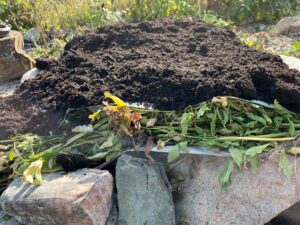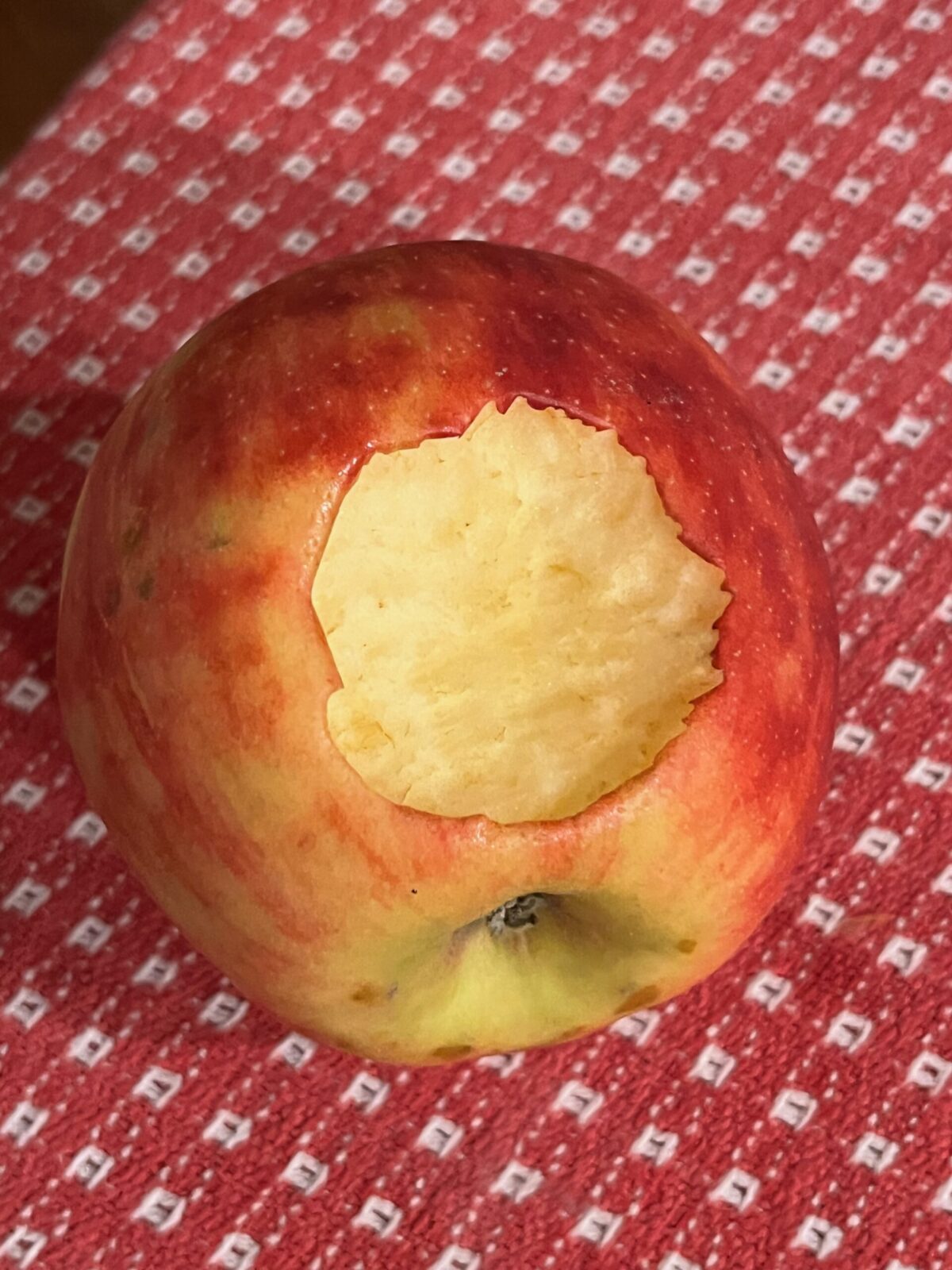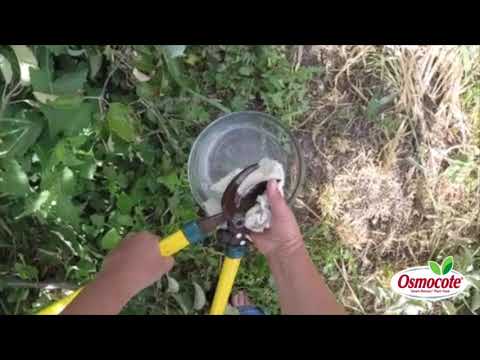What Garden Debris Can You Compost?
Views: 29

Many of us are ready to clean up the garden, but what do we do with all of this spent vegetation and debris? Here are a few guidelines on what you should do with your garden waste to reduce pest and disease issues next season.
Plants Suffering from an Infection of Some Sort
By the end of the season, at least one variety is often suffering from a fungal, bacterial, or viral infection. Whether it is powdery mildew or blight, when cleaning the garden, destroy the vines and plants by bagging them and tossing them in the trash or burning them. These materials should not be put in the compost.
What to do When Pests are Present
When it comes to plant diseases, it’s a blanket statement to destroy the plants when you clean up the garden. It’s not as easy to say what to do regarding pests.
Some pests, such as tomato hornworms, are on the plants only for the season. Yet other species not only feed upon the plants during the summer but also overwinter on or in them.
For example, squash bugs overwinter in the mulch and garden debris in the area where they spent the summer. Sometimes, this includes the remnants of the squash plants themselves. If you battled squash bugs during the summer, remove the vies and dispose of them somewhere other than the compost heap.
Aphids are another common garden pest that sometimes overwinters in the stems of plants such as cabbage and broccoli, among other vegetables when they remain in the garden. That is always the tricky part of cleaning up the garden. We know leaving plants is good for pollinators, but it can also benefit pests. If you have a lot of aphids, pull those plants and either bag, burn, or bury them.
A Lazy Person’s Composting System
The best part of cleaning up the garden is turning the debris into compost. Many gardeners who have large amounts of debris choose large compost bins, but I can never seem to stay on top of it consistently enough to do it correctly. Instead, I opt for lasagna gardening, also known as sheet gardening.
Cornell Cooperative Extension – Lasagna Gardening
When I pulled the beets and beans from one of my raised bed gardens, I was disappointed in the soil quality and the number of earthworms, or rather, the lack of them, that I discovered. I decided to start a lasagna garden in that bed.
My first layer started with four to six sheets of newspaper on the bottom, topped with fresh cuttings from the garden. I had a lot of comfrey leaves, which are fantastic to use in the garden. On top of that, I added carbon-rich materials like wood ash and some dried pieces from the garden. There was another layer of green matter, including kitchen scraps and more garden clippings like lovage, and then I added about an inch of manure.
Next is a layer of straw, followed by another layer of newspaper and green matter. This morning, I cut up a box of apples to freeze for pies, so all of the peelings will go into the mix, along with the tomato and pepper plants that I just pulled.
On top of this, I’ll add another layer of manure and call it good for the winter. It takes months for a lasagna garden to break down to the point of being able to use it as a garden, but I plan for it to be ready for zucchini by late spring. It is a terrific way to go if you don’t want to mess with a traditional compost pile and have the time to let it cook!
Meet Amy Grisak
Amy is a freelance author and photographer in Great Falls, MT who specializes in gardening, foods, and sustainable agriculture. She provides information on every kind…
Amy's Recent Posts

Keeping Stored Produce Out of the Reach of Rodents








